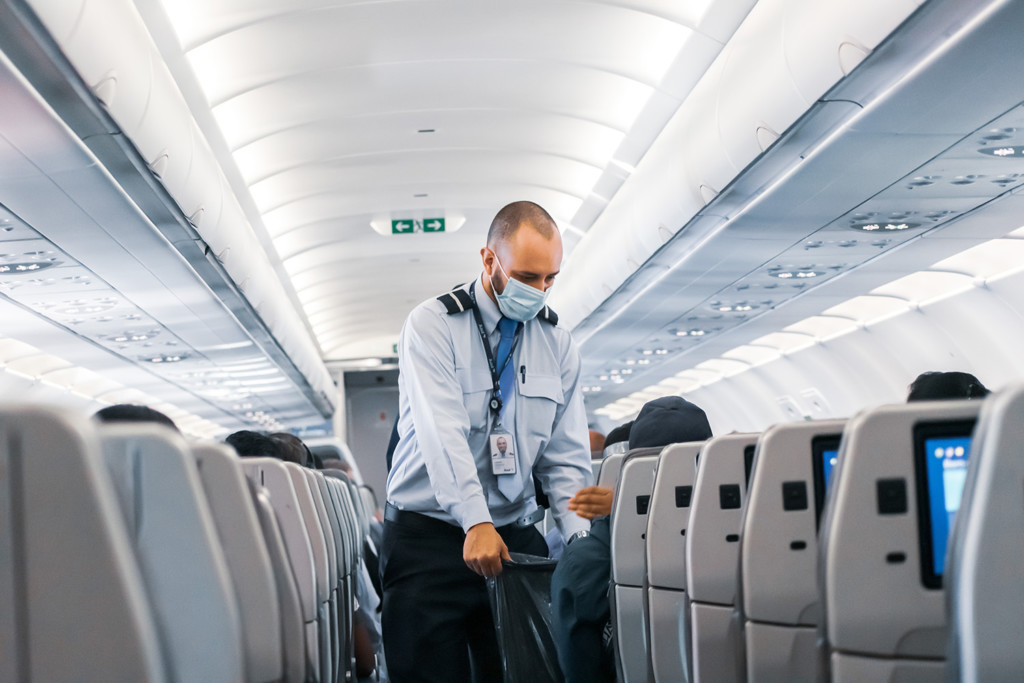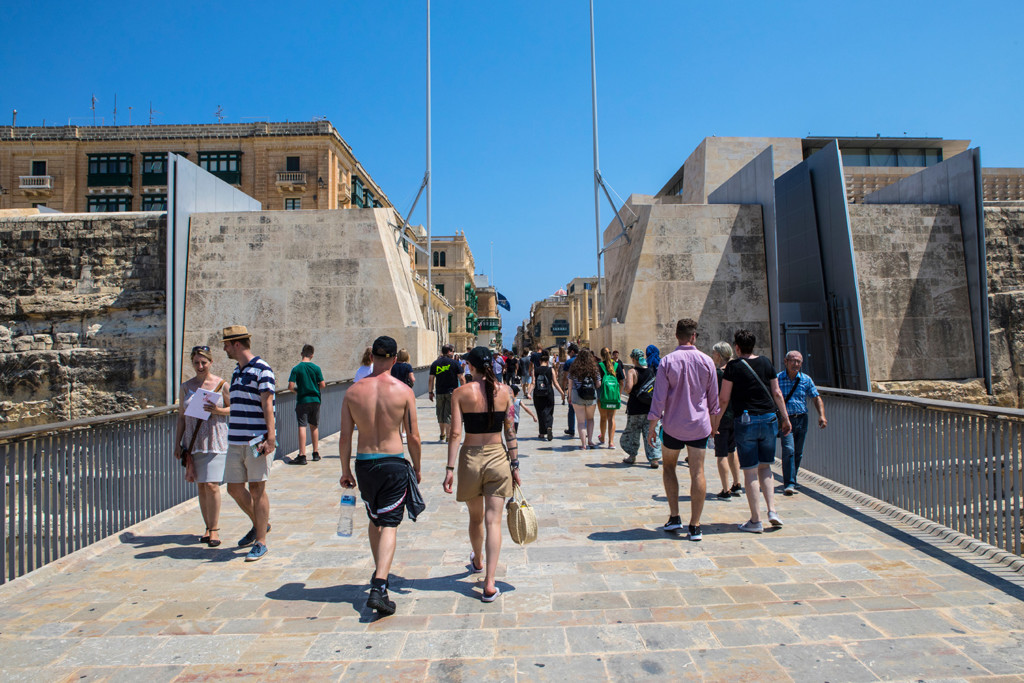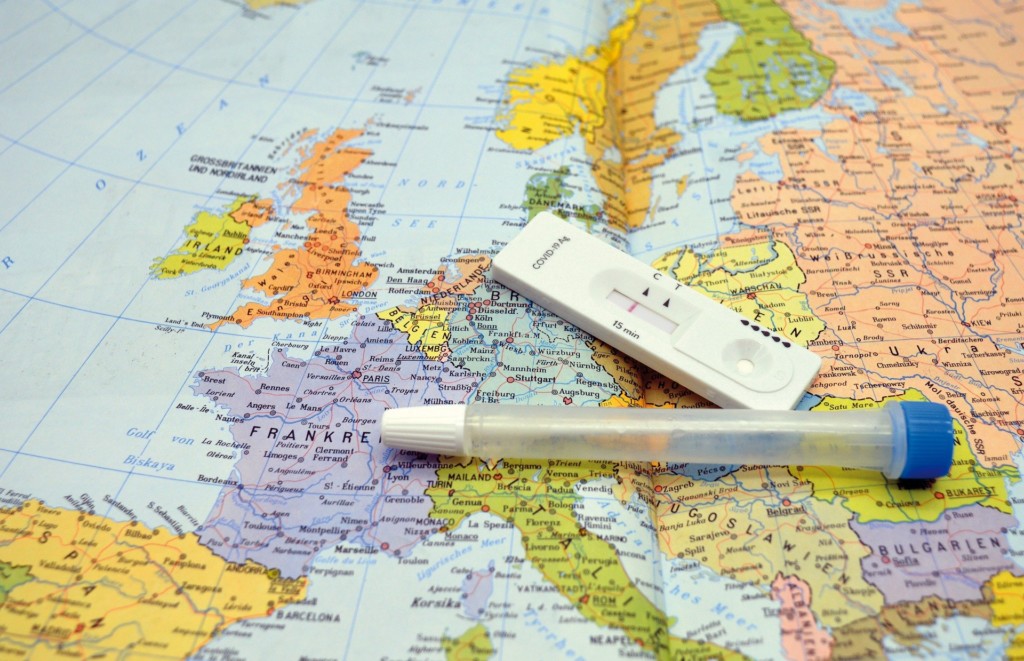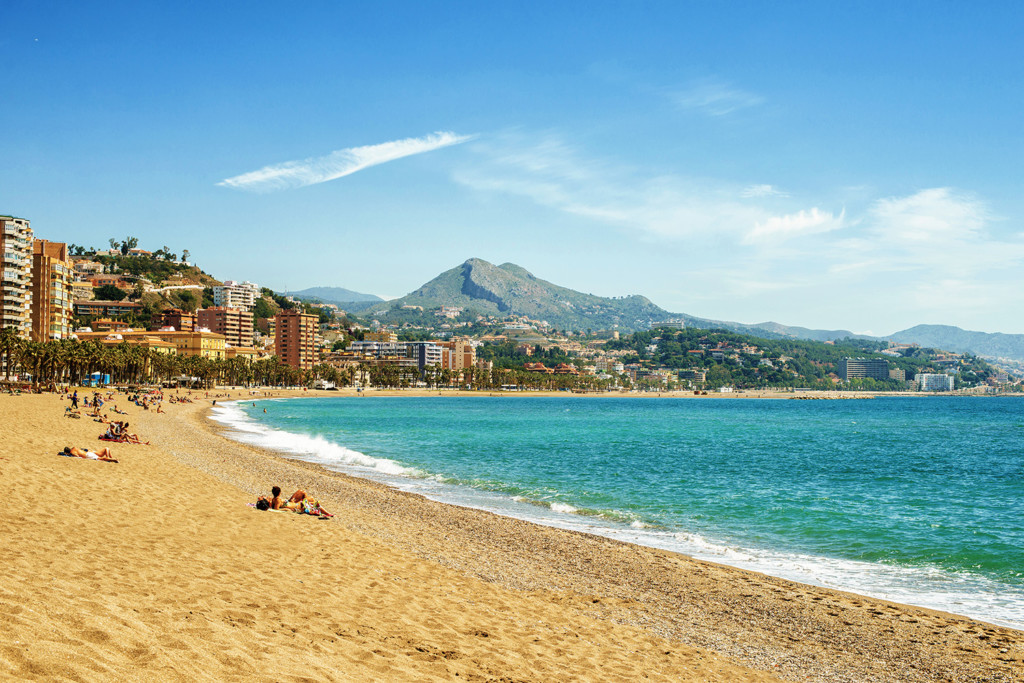We’re not going to claim that the ‘wait is nearly over’ because that would almost certainly jinx the whole thing. Can we be excited about the prospect of a grand return for tourism? Maybe so, maybe not, but one thing’s certain; the hard work should already be underway. Okay, many things are for certain, but the next few months will be crucial for the future of tourism, or at least for working out what the future of tourism will look like. Questions on that permeate this month’s roundup of what’s happening in travel and tourism, along with a pair of magnificent advertisements and the prospect of being paid to visit Malta. See, it isn’t all bad? The wait is nearly over, after all….
The prospects of travelling this summer

What better way to start than with Julie Weed and the New York Times taking a step back to gauge the immediate future for the travel industry? The article itself doesn’t exactly shed much light on the subject, filled as it is with notes about airlines opening up and routes being cancelled, making sure to equal out the good and the bad from ‘If 2020…’ through to ‘…any time soon.’ Those hoping for a one-stop-shop to cure all the industry’s problems are going to be looking for a long time, but Weed does an excellent job of summing up the mountain that is to be climbed, from a US point of view.
That might all sound rather daunting, but since when has organising millions of people crossing oceans and having a fantastic time all the while been simple? Sure, this might be a task to make Sisyphus wink, but you can’t spell ‘ two weeks in Belgrade’ without ‘work in bed’, or something like that. Flexibility and enthusiasm are going to be key to this rebirth, two factors that Weed’s article points out with gusto. This effort from the New York Times throws up plenty of questions and swathes of information, but one possibly overlooked factor that tourism providers need to consider will be how to convey this mass of information in one easily accessible form.
Malta to ‘pay’ tourists to visit

The post-COVID tourism world is going to be filled with novel approaches to attracting visitors, but straight-up paying them to come? That seems to be the approach that Malta is leaning towards, with a €3.5million scheme to bring visitors back to the former tourist hotspot. The aim is to get visitors booking directly with local hotels, offering them financial benefits in return, starting with €200 for booking in a five-star hotel, down to €100 in a three-star hotel. Those looking to take advantage of the scheme must contact Malta Tourism Authority before making the bookings. On the surface, this looks like a great offer for visitors, but there is clearly more to it than ‘come to Malta and be given free money’. Or is there? It remains to be seen whether Malta’s ‘pay them and they will come’ approach pays off (intentional, unfortunately), but it remains an interesting way to approach the forthcoming summer.
Maldives vaccinating tourists

The Maldives is planning on offering visitors a vaccine on arrival in the hope of encouraging tourists back to the South Asian archipelago, an offer handily wrapped up in what it calls the ‘3V’ strategy – visit, vaccinate and vacation. The prospect of such a strategy throws up many questions (what happens with the second jab, first of all), but with some 67% of the country’s GDP coming from the tourism sector it won’t be a great shock to see other nations with similar economic percentages follow suit. After all, Serbia’s recent blossoming as a beacon of regional diplomacy in the Balkans (the country has offered vaccines to neighbouring countries in recent weeks) suggests that jabs might be about to challenge attractions as the main reason for visiting a destination.
Price of COVID travel tests

Before the pandemic, global travelling had never been more affordable, and one of the great challenges of the industry post-pandemic will be to ensure that travel doesn’t revert back to being a luxury solely available to the wealthy. How will this be lined up with the need for COVID tests? As things stand, many countries require PCR tests to be taken within 48 hours of arrival, and these tests aren’t cheap, with reports of prices creeping above £200. To make matters worse, many UK travellers are also reporting that results were late in coming if they came at all. Pricing up tests is beyond the reach of the travel industry, but it is clear that expecting travellers to add £400 in unreliable costs to holidays is only going to lead to the majority staying away. What is the middle ground between safety and affordability, and how can it be reached?
Not everyone thrilled about tourism reopening

The travel industry might be edging ever closer to the light at the end of the tunnel, but for many people local to the world’s most popular destinations that light is a train full of crowds, pollution and more. For some, a year without tourists has been a very good thing indeed, and the prospect of tourism returning to the scene isn’t something to look forward to. Debating whether or not the tourism industry has a responsibility to make this better is no longer relevant, the question revolves around how this can be done. A recent Bloomberg article focuses on Hawaii, but for the famous island state read Dubrovnik, Iceland, Venice or Boracay. The message might border on the simplistic towards the end but does it need to be any more complex than simply acting more like a local?
Some locals in Spain are really not thrilled about tourism reopening

Throughout the COVID-19 pandemic, countries have frequently implemented policies that were immediately challenged (correctly, more often than not) with accusations of double standards, such as the UK’s shutting of non-essential shops while allowing supermarkets to continue selling those same non-essential goods. The tourism industry faces its own set of challenges on this front, not least in Spain, where foreign visitors are being welcomed back to parts of the country that locals are still banned from visiting. Is it right for a country to open its borders up to outsiders when its internal frontiers remain bolted shut? How can tourism move forward without further incurring the wrath of local people?
Social media in tourism management

The presence of social media remains impossible to ignore. Most will agree that social media in tourism marketing can mean more than pretty people in pretty places, but why do so few establishments seem so reticent to try anything new with their channels? Social media may have changed the game when it burst onto the tourism scene all those moons ago, but it seems to have devolved into a status quo party where thinking outside the box gives way to following memes and trends in equal measure. The article linked is interchangeable with countless others saying the same thing, which itself is a curious mirror to how most tourism operators approach social media marketing. Social media in tourism marketing isn’t going away, but surely it can be more invigorating than it currently is?
A couple of cheeky new tourism campaigns from Down Under
One real, one not, both memorable. Is this the way forward when it comes to tourism advertising videos? For far too long, destinations have been happy enough to throw out some drone shots of beautiful landscapes as gorgeous people look contently at each other, eating delicious food and generally having a whale of a time. Yes, all positive adjectives, but it all blends into one and the last thing tourism needs to be is a ball of identikit locations arguing over drone space. Humour has its place in tourism, an understatement and then some, and adverts such as these are always likely to garner excitable responses. It sure beats ‘oh, that looks nice’, anyway. Humour isn’t the future of advertising, but should be it be better deployed to make the present a whole lot more interesting?
If you’ve got any feedback or suggestions for future stories, please feel free to email us at news@inyourpocket.com.



Comments
0 comments